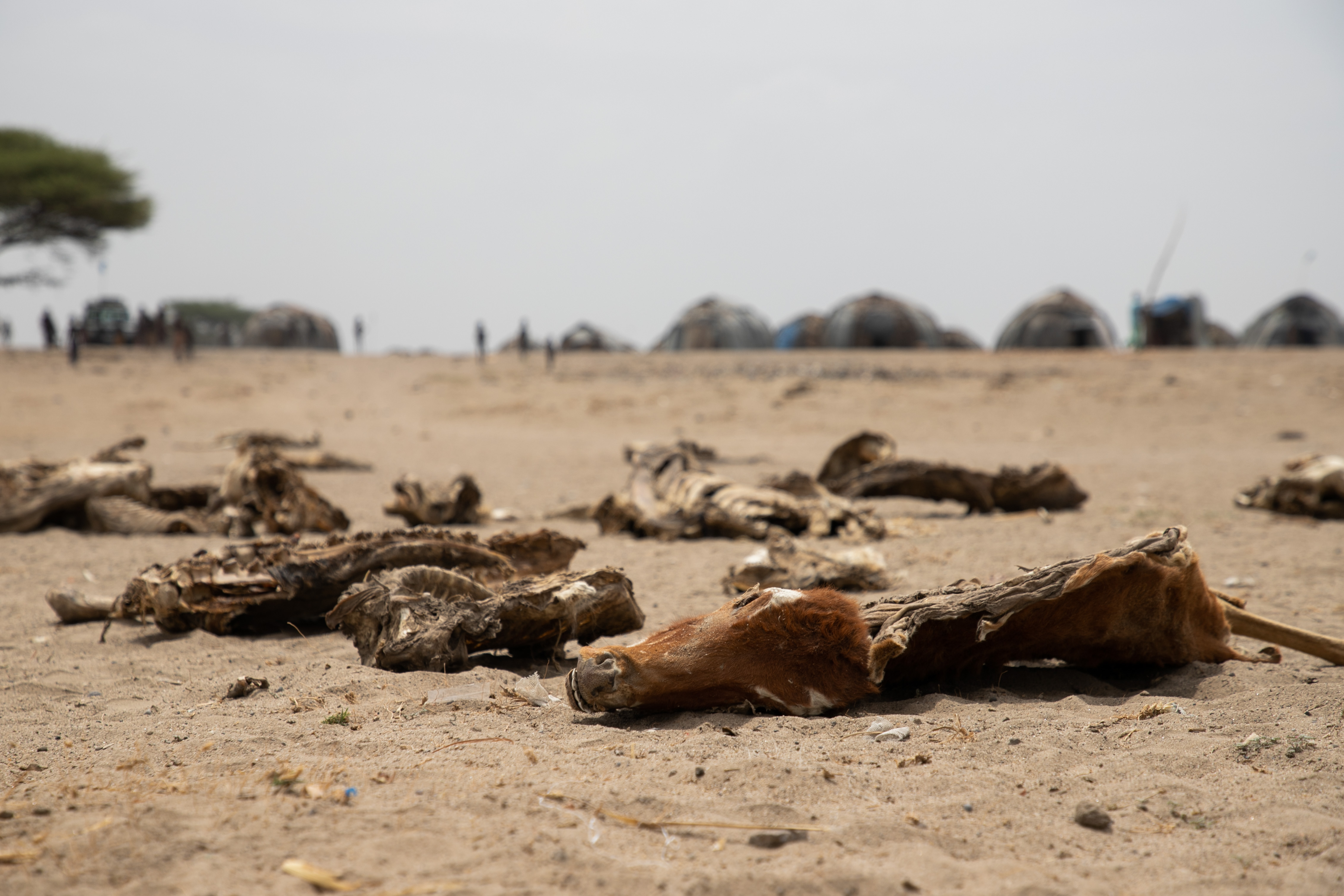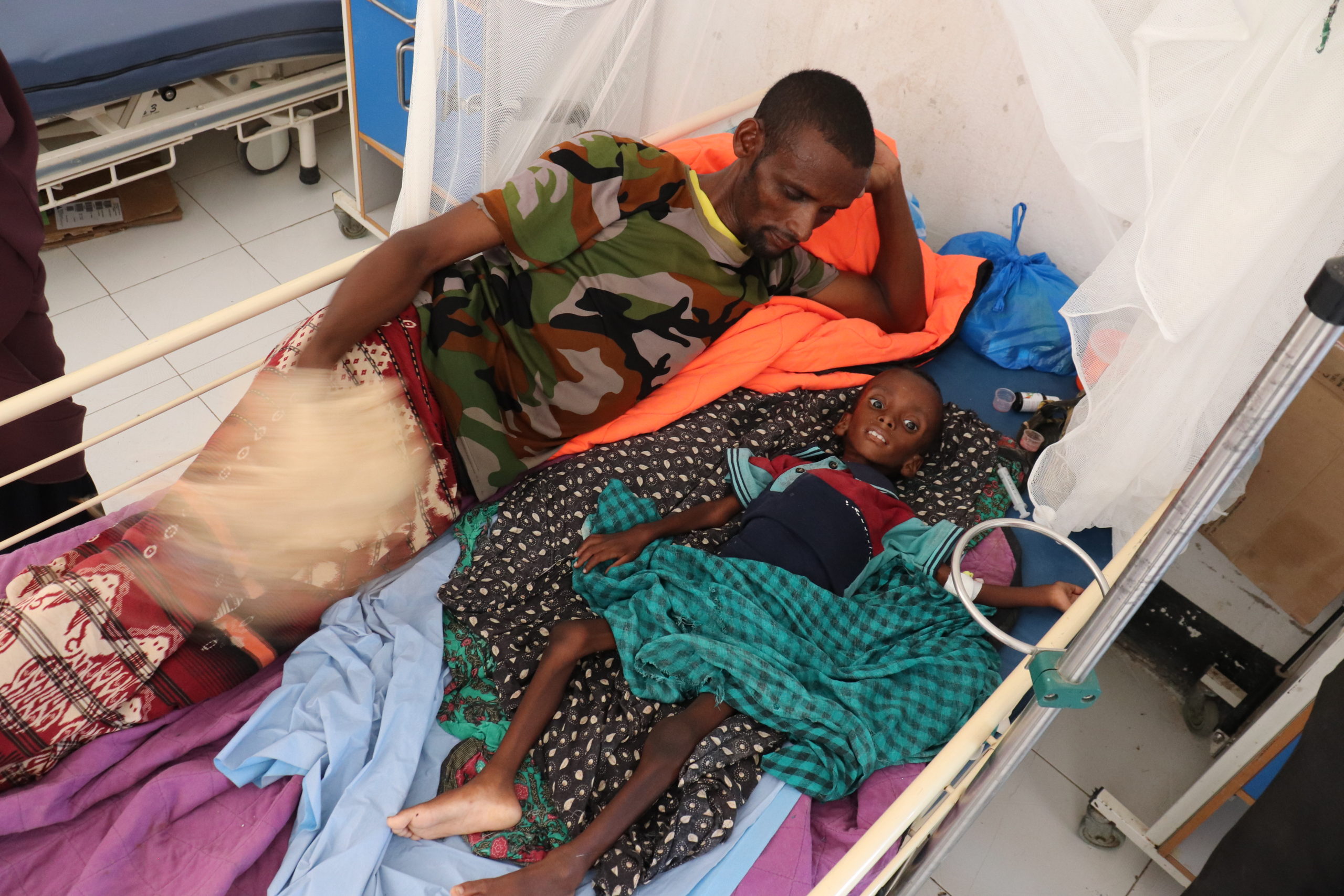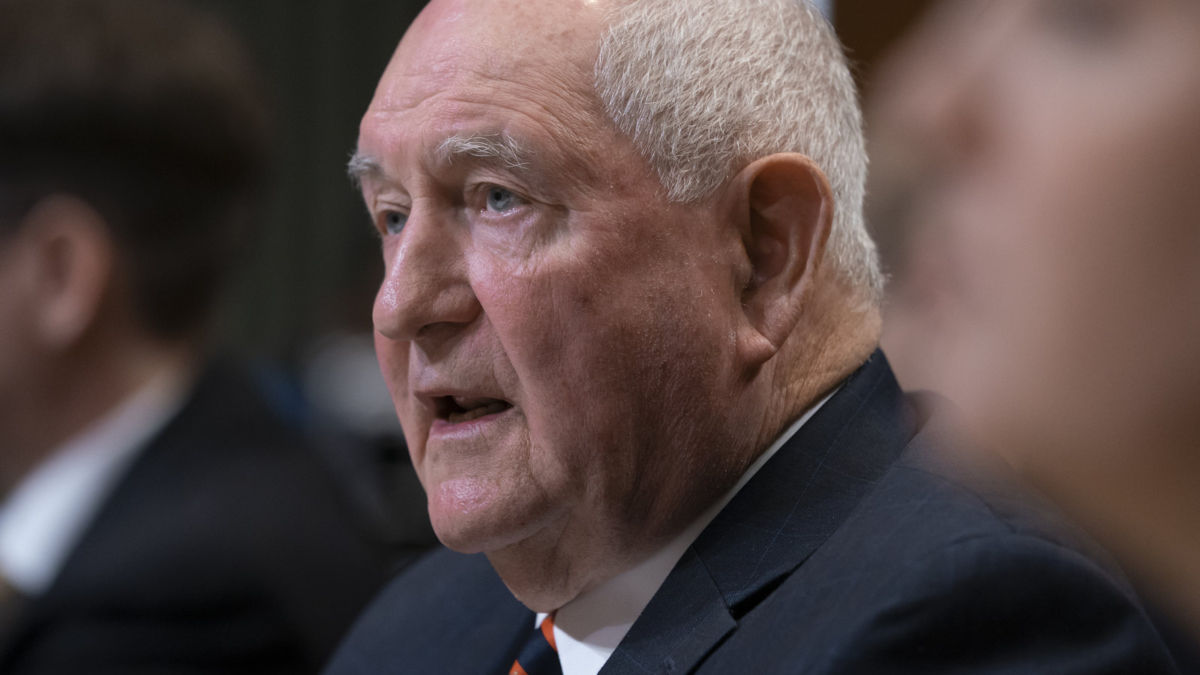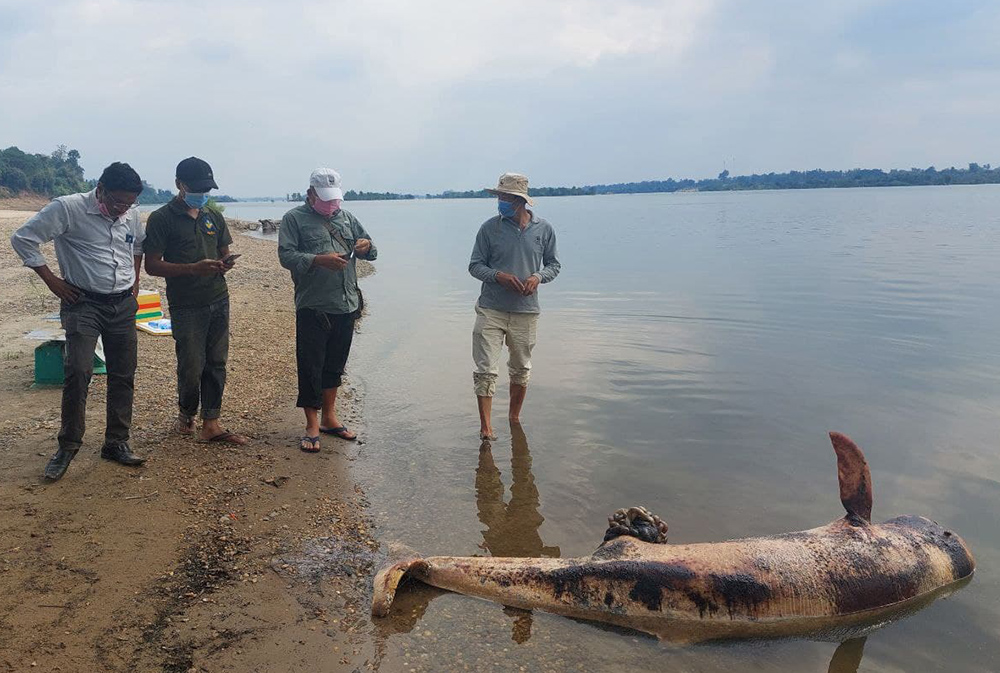Drought pushes up to 20 million people across horn of Africa closer to catastrophe each day – WFP has warned since 2021 that this drought will be disastrous without immediate action

NAIROBI, 19 April 2022 (WFP) – Desperately needed rains across the Horn of Africa have so far failed to materialise, almost a month into the current rainy season, and if these conditions continue, along with stagnant and even decreasing humanitarian aid, the number of hungry people due to drought could spiral from the currently estimated 14 million to 20 million through 2022, the United Nations World Food Programme (WFP) warned today.
With Somalia facing the risk of famine, half a million Kenyans one step away from catastrophic levels of hunger and malnutrition rates in Ethiopia well above emergency thresholds, time is fast running out for families who are struggling to survive.
“We know from past experience that acting early to avert a humanitarian catastrophe is vital, yet our ability to launch the response has been limited due to a lack of funding to date,” said Michael Dunford, WFP’s Regional Director for Eastern Africa. “WFP and other humanitarian agencies have been warning the international community since last year that this drought could be disastrous if we didn’t act immediately, but funding has failed to materialise at the scale required.”
The situation has been compounded by the fallout of conflict in Ukraine, with the cost of food and fuel soaring to unprecedented highs. Drought-affected countries across the Horn of Africa are likely to be the hardest hit by impacts of the conflict – the cost of a food basket has already risen, particularly in Ethiopia (66 percent) and Somalia (36 percent) which depend heavily on wheat from Black Sea basin countries, and the disruption in imports further threatens food security. Shipping costs on some routes have doubled since January 2022.
During the 2016/17 drought in the Horn of Africa, catastrophe was avoided through early action. Humanitarian assistance was scaled up before there was widespread hunger; saving lives and averting a devastating famine. In 2022, due to a severe lack of resourcing, there are growing fears that it won’t be possible to prevent the looming disaster – and millions will suffer as a result.
WFP last appealed for desperately needed funding in February yet less than 4 percent of what was needed was raised. Over the next six months, WFP needs US$473 million to scale-up assistance and save lives across the three countries – Ethiopia, Kenya, and Somalia.

In Ethiopia, crops have failed, over a million livestock have died and an estimated 7.2 million people wake up hungry every day in southern and south-eastern Ethiopia as the country grapples with the most severe drought since 1981. WFP is on the ground, aiming to support 3.5 million people with emergency food and nutrition assistance, school feeding programmes as well as climate change adaptation and resilience building activities. Immediate and scaled-up assistance is critical to avoid a major humanitarian crisis in the drought-affected areas of Ethiopia and help communities become more resilient to extreme climate shocks. WFP urgently requires US$239 million over the next six months to respond to the drought in southern Ethiopia.
In Kenya, the number of people in need of assistance has risen more than fourfold in less than two years. According to the Short Rains Assessment, the rapidly escalating drought has left 3.1 million people acutely food insecure (IPC3 and above), including half a million Kenyans who are facing emergency levels of hunger (IPC4). WFP urgently requires US$42 million over the next six months to meet the needs of the most critically affected communities in northern and eastern parts of the country.
In Somalia, some 6 million people (40 percent of the population) are facing acute food insecurity (IPC3 or above) and, alarmingly, there is a very real risk of famine in the coming months if the rains don’t arrive and humanitarian assistance isn’t received. WFP is scaling up emergency food and nutrition assistance to support 3 million people by the middle of this year. However, a US$192 million relief funding gap over the next six months means that WFP has less than half of what it needs to keep scaling up. As a result, WFP is having to prioritise both nutrition (where treatment has taken precedence over prevention) and food assistance. WFP has launched its largest anticipatory action intervention so far in Africa, equipping vulnerable Somali households in drought hotspots with additional cash transfers and a public information campaign to help them withstand the impact of a potential fourth failed rainy season. WFP is also continuing livelihoods, resilience and food systems programmes to protect recent development gains and support vulnerable Somalis against droughts and other crises in the long term.
Contact
- Claire Nevill, WFP/Addis Ababa, Mob: +251 094 433 4949
- Petroc Wilton, WFP/Somalia, Mob: +254 110 909 484
- Gemma Snowdon, WFP/ Rome, Mob: +39 342 756 4238
- Tomson Phiri, WFP/ Geneva, Mob: +41 79 842 8057
- Nina Valente, WFP/ London, Mob: +44 796 8008 474
- Martin Rentsch, WFP/Berlin, Mob: +49 160 99 26 17 30
- Shaza Moghraby, WFP/New York, Mob: +1 929 289 9867
- Steve Taravella, WFP/ Washington, Mob: +1 202 770 5993


